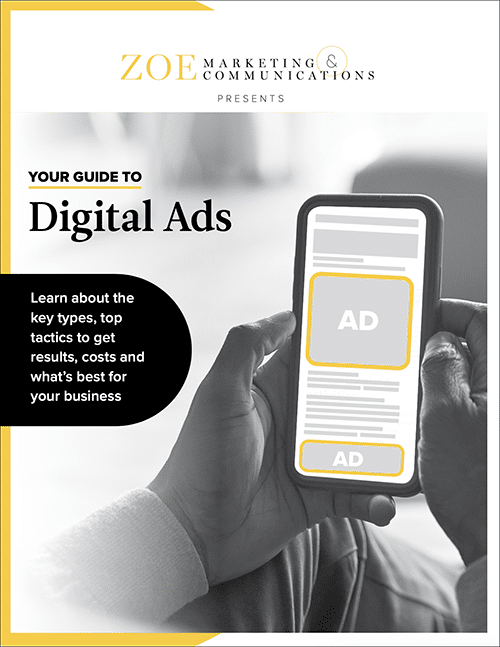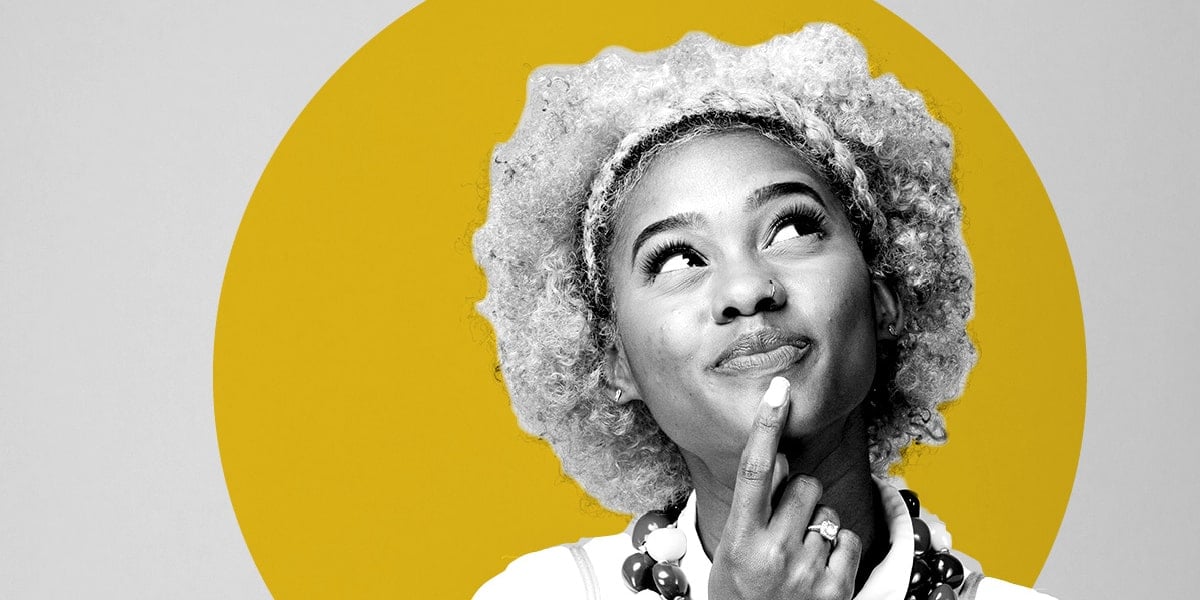
Download Your Digital Ads Guide
Learn how digital ads can help your business, including the tools, techniques and strategies to create successful campaigns.
November 15th, 2022 | 2 min. read
By Kim Kovelle

High-quality images are crucial in advertising. They capture attention and evoke emotions. Not to mention, 67% of people say clear, professional images are “very important” when it comes to buying something, notes MDG Advertising.
Here at Zoe Marketing & Communications, we’ve helped hundreds of clients find vibrant, compelling images to do just that. And yes: This includes using so-called “stock” photography — an excellent tool that can get a bad rap. Here, we’ll touch on four image essentials:
Let’s dive into how the right images can elevate your ads and drive better results.
Learn how digital ads can help your business, including the tools, techniques and strategies to create successful campaigns.
Words are essential, but compelling images often capture attention first — and draw people in. Your images should be relatable and can spark feelings like:
The right photo can do more than just look good — it sets the tone for your brand and drives action.
Photos lose their magic fast if they’re blurry — or take too long to load. Clarity and size matter. Using images with the correct resolution ensures they look sharp and professional:
Always avoid enlarging low-resolution images, as this leads to pixelation and poor quality.
Select photos that are well-lit, relevant and visually engaging. A few pointers:
Here’s a good example from one of Zoe’s clients. This teen looks genuinely focused, with natural light spilling in from a window. The photo is clear and crisp:

And here’s a bad example. We can’t see the young girl’s face, and her work is hard to make out. While the lighting is decent, the photo lacks emotion and clarity:

Stock photography — professionally shot images available for licensing — can be a lifesaver when used thoughtfully.
Online libraries like Shutterstock and iStock offer millions of options. To make the best choices:
The right visuals can captivate your audience and boost engagement. Need some help? Talk to us. Zoe can help you source or create visuals that align with your goals. Or, learn more about:

Learn how digital ads can help your business, including the tools, techniques and strategies to create successful campaigns.
As Zoe Marketing & Communications’ content manager, Kim Kovelle brings over 20 years of writing and editing experience in metro Detroit. She has strong roots in community journalism and a knack for making complicated topics make more sense.
